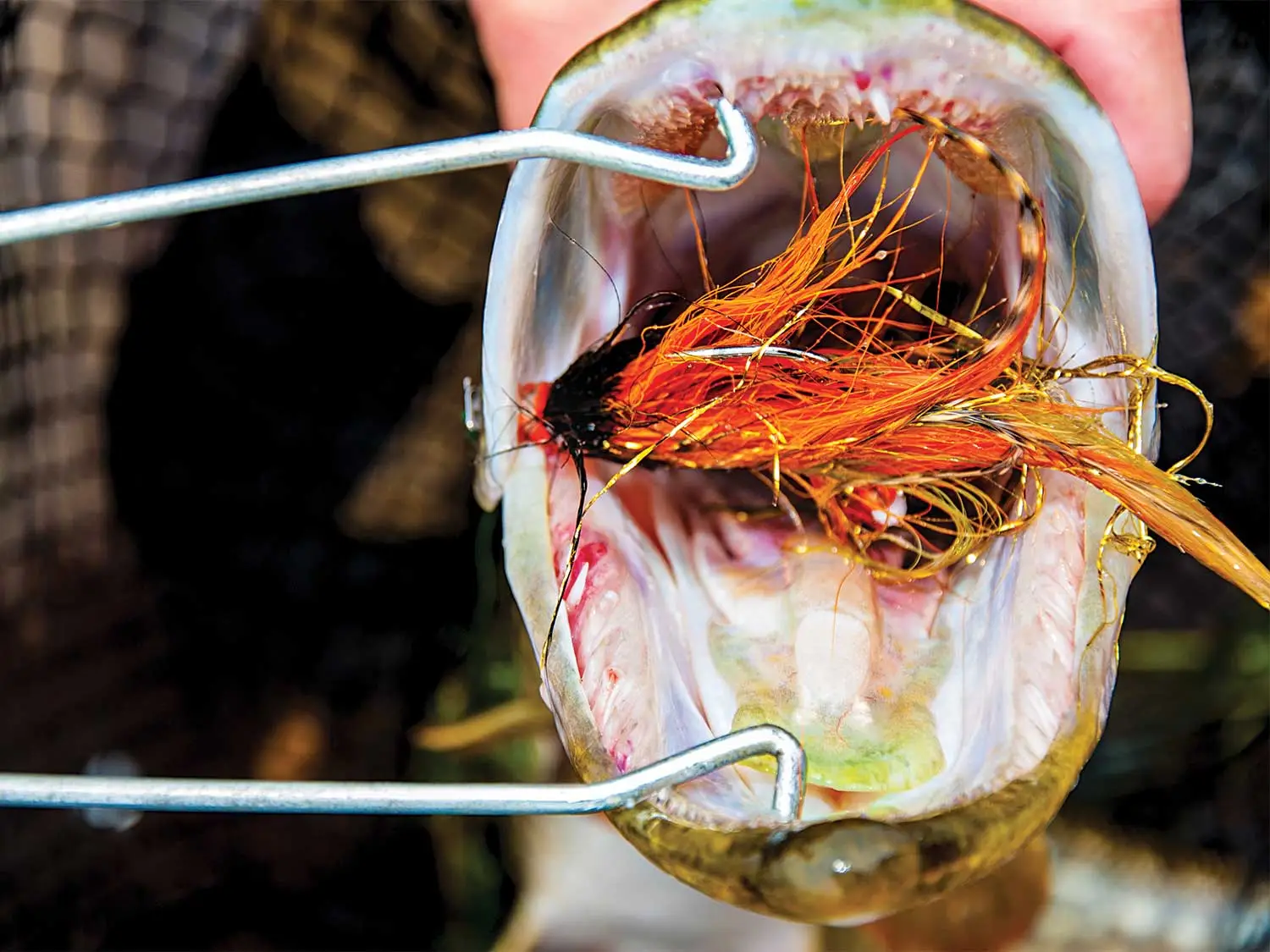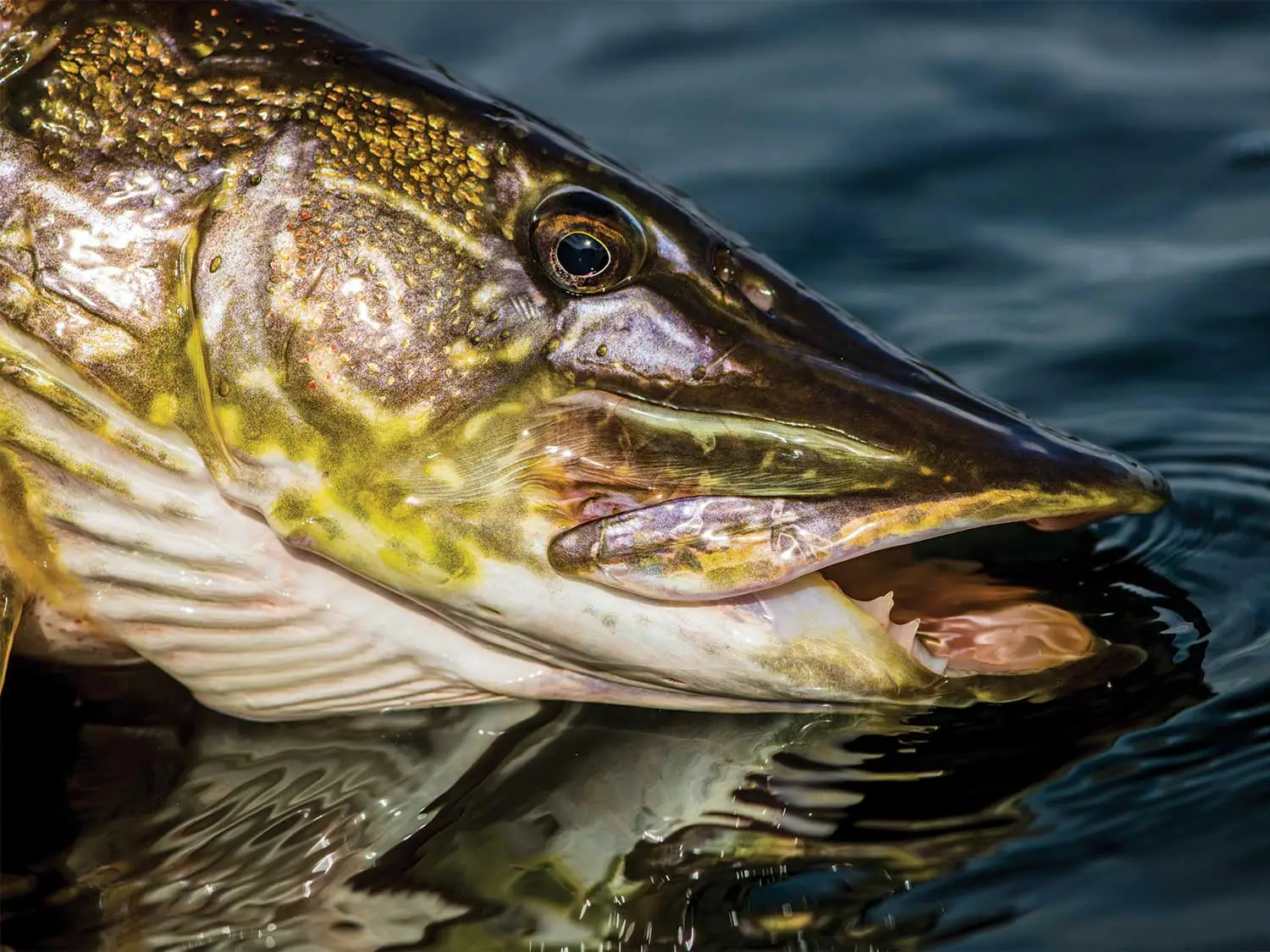Hook into Huge Pike During the Dog Days of Summer
Northern pike are active almost year-round, making them a favorite for anglers. However, the summer months can be challenging for those targeting trophy-sized pike. Understanding their behavior during this season is key to success.
Temperature Gauge: Northern pike thrive in water temperatures between 60 to 65 degrees. In regions like Canada and the northern U.S., waters may maintain these temperatures through summer. However, in warmer areas, surface temperatures often exceed this range, causing larger pike to seek cooler, deeper waters. A quality fish finder is essential for locating deep weed lines where pike are likely to be found. Ideal conditions include weed lines on slopes or ledges, starting in 15 to 20 feet of water and extending to the bank. This setup provides pike with cooler daytime refuges and easy access to shallower feeding grounds.
Beef Up: Once pike reach about 40 inches, their behavior changes significantly. These larger pike have slower metabolisms and feed less frequently than smaller pike. To attract these giants, use larger lures and flies. Bigger baits can entice a big pike to strike more readily, reducing the likelihood of catching smaller, less desirable fish.
Straddle the Edge: Approach the weed edge differently depending on the time of day. During low-light periods at dawn and dusk, pike move to shallower waters to feed. Position the boat off the deep end of the slope and cast towards the shallow water, gradually retrieving to the deeper areas. As the day progresses and the sun rises, reposition the boat to cast parallel to the weed edge, using lures and flies designed for deeper water. Evening fishing follows a similar pattern to the morning, transitioning from deep to shallow as the sun sets.

Sweet Freedom: Releasing pike quickly and cleanly is crucial, especially in warmer water where oxygen levels are lower. Pike often inhale lures deeply, necessitating swift dehooking to ensure their survival. Essential tools include:
- Jaw Spreaders: Inexpensive but invaluable, these tools help keep the pike’s mouth open for easy hook removal.
- Long-Reach Pliers: Useful for removing hooks lodged deep in the fish’s throat without risking fingers.
- Rubberized Net: Reduces hook tangles and preserves the fish’s protective slime coat, promoting healthier releases.
The Release: After removing the hooks, let the pike rest in the net briefly to gauge its strength. If the fish is still energetic, release it directly from the net. If it appears tired, support it gently in the water, moving it back and forth to oxygenate its gills until it swims away. In deep water, orient the fish’s head downward to guide it towards cooler depths.

Additional Tips
- Help Your Fishing Buddy: Assist friends with their catch to increase the chances of a successful landing.
- Use a Rubber Fishing Net: These nets are gentler on fish and help maintain their protective slime coat, which is crucial for catch-and-release fishing.
By following these strategies, anglers can improve their chances of landing trophy pike during the hot summer months.
Image/Source: OutdoorLife





